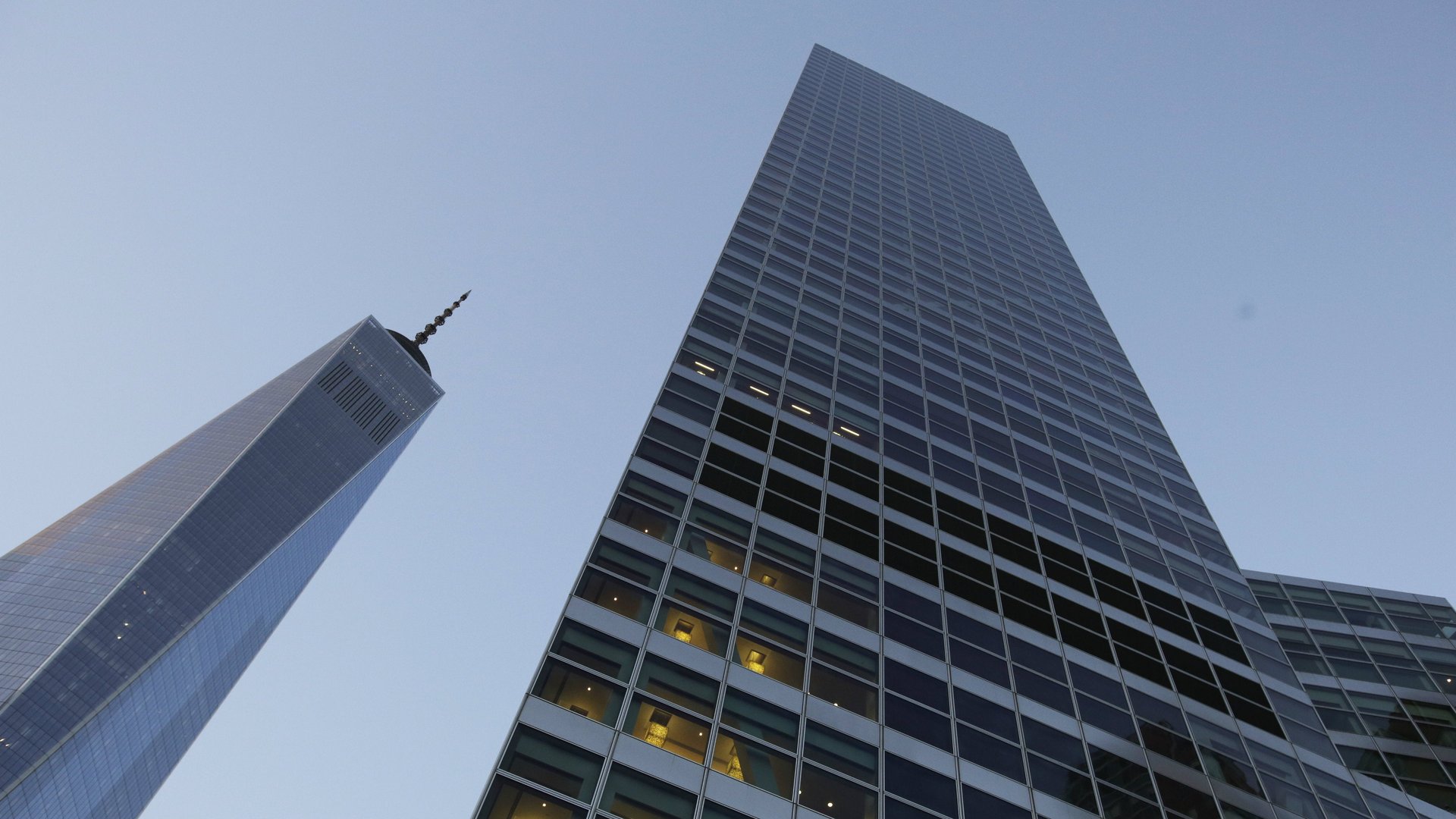Goldman Sachs thinks fintech has as much potential as trading
Goldman Sachs has been pilloried for lackluster results from its trading division (paywall), so this week the bank gave investors a peek into its plans (pdf) for making more money. Surprisingly, the Wall Street powerhouse thinks it can generate as much revenue from online consumer loans—a market targeted by many fintech startups—as from buying and selling securities.


Goldman Sachs has been pilloried for lackluster results from its trading division (paywall), so this week the bank gave investors a peek into its plans (pdf) for making more money. Surprisingly, the Wall Street powerhouse thinks it can generate as much revenue from online consumer loans—a market targeted by many fintech startups—as from buying and selling securities.
Specifically, Goldman thinks it can make $1 billion in extra revenue from its consumer lending business over the next three years, as much as it expects for its trading operations. Combined with new lending for the wealthy and companies, the bank expects to bring in $2 billion in additional sales from loans. Goldman co-chief operating officer Harvey Schwartz said it’s one of the fastest-growing lending platforms ever launched, even though he says the bank is taking its time with the nascent business. The bank’s digital consumer-lending arm called Marcus is expected to have lent out $2 billion by the end of the year.
Goldman isn’t known for consumer lending, but stricter rules have forced banks to look for new ways to make money. CEO Lloyd Blankfein pointed out earlier this year that while Goldman doesn’t have branches, thanks to technology that isn’t a shortcoming anymore. Post-crisis regulations have put restrictions on trading but tend to give incentives for lending. The investment bank is launching Marcus in the UK next year, according to the Financial Times (paywall).
Goldman knows a lot about what technology companies are up to because it invests in a bunch of them. Its push into digital retail lending also challenges the notion that venture capital-backed fintech firms are poised to disrupt the banking industry. If these startups’ advantage is their technology, they may not be able to stay ahead of the armies of engineers at companies like JPMorgan and Goldman.
Meanwhile, big banks have access to cheaper funds than peer-to-peer lenders like Lending Club or Zopa. With consumer deposits and the billions of dollars they routinely borrow in credit markets, banks can undercut the loan rates offered by smaller companies.
That said, Schwartz acknowledged that consumer lending isn’t immune to economic downturns, and analysts cited by Bloomberg were skeptical about Goldman jumping into a market outside its core expertise.
Goldman’s revenue projections are based on the assumption that markets remain placid (which isn’t ideal for banks’ trading desks) and that regulations that crimp trading profits remain in place. While more volatile markets or bank-friendly regulatory changes could make Goldman’s traditional businesses more profitable, it seems the bank isn’t counting on it.
That’s noteworthy given the Trump administration is stocked with Goldman alumni who could, theoretically, make banking rules more palatable to their former employer. The tone of this week’s presentation suggests the investment bank isn’t planning on it.